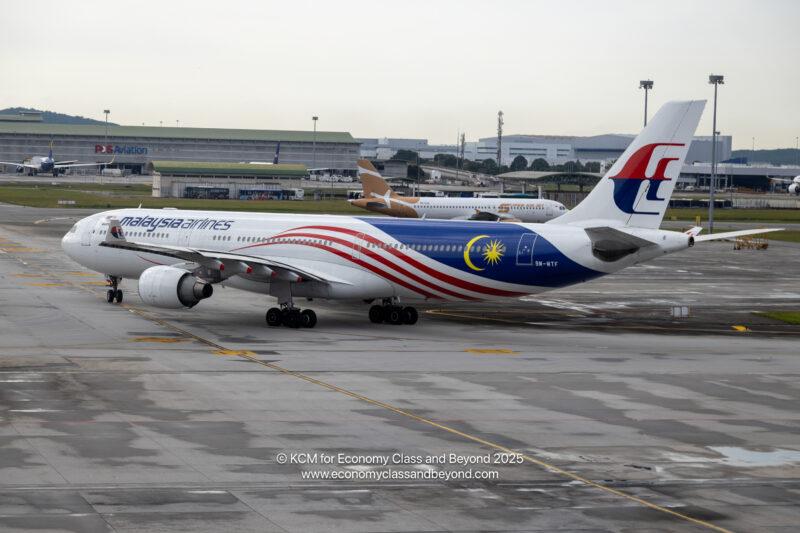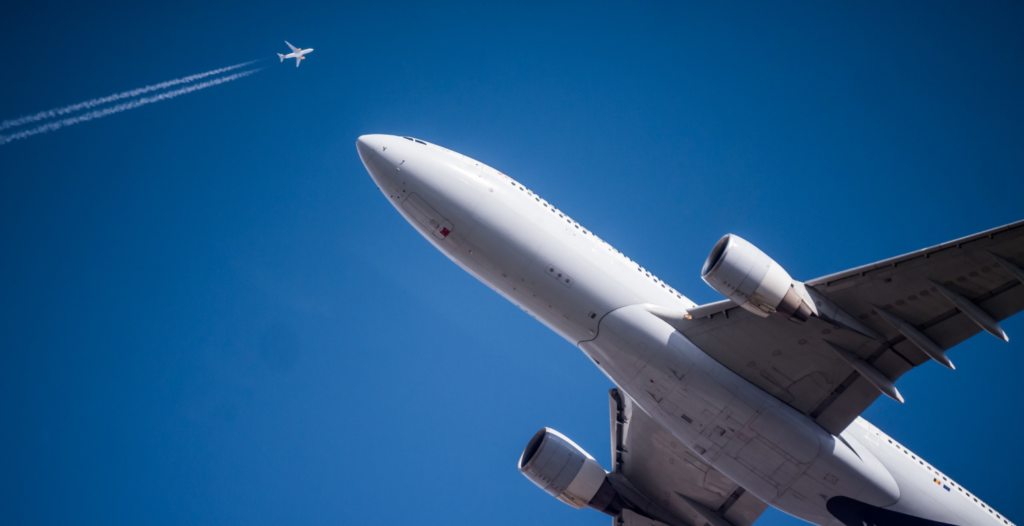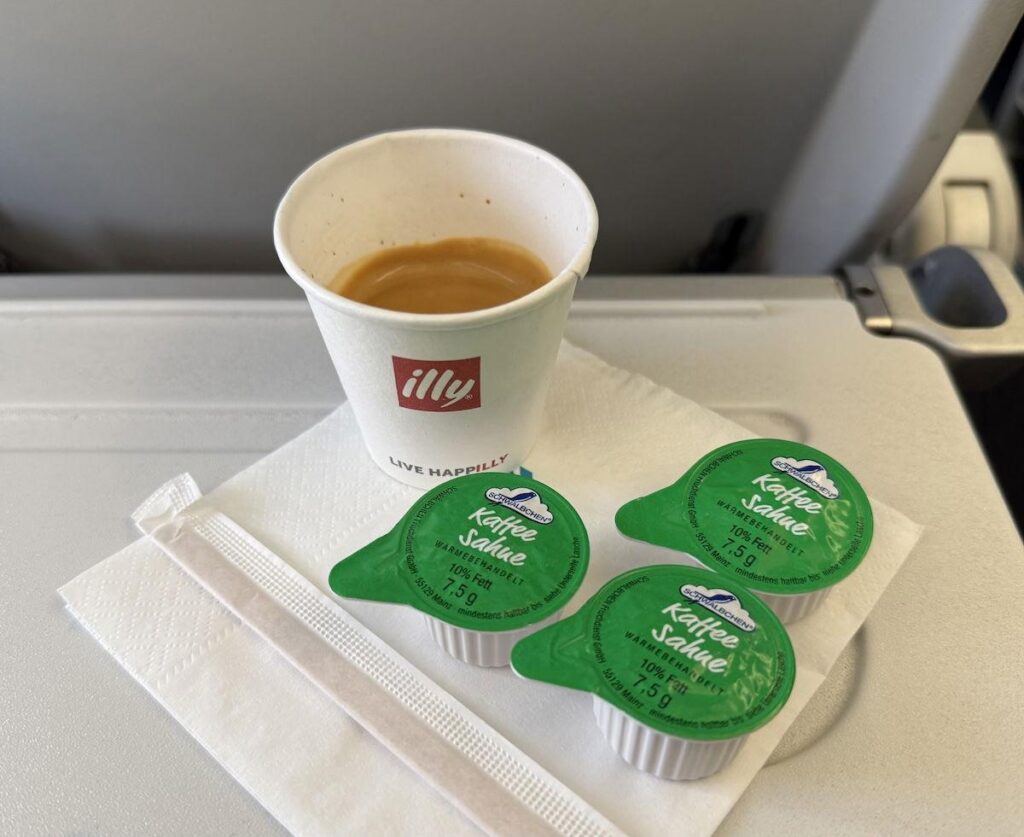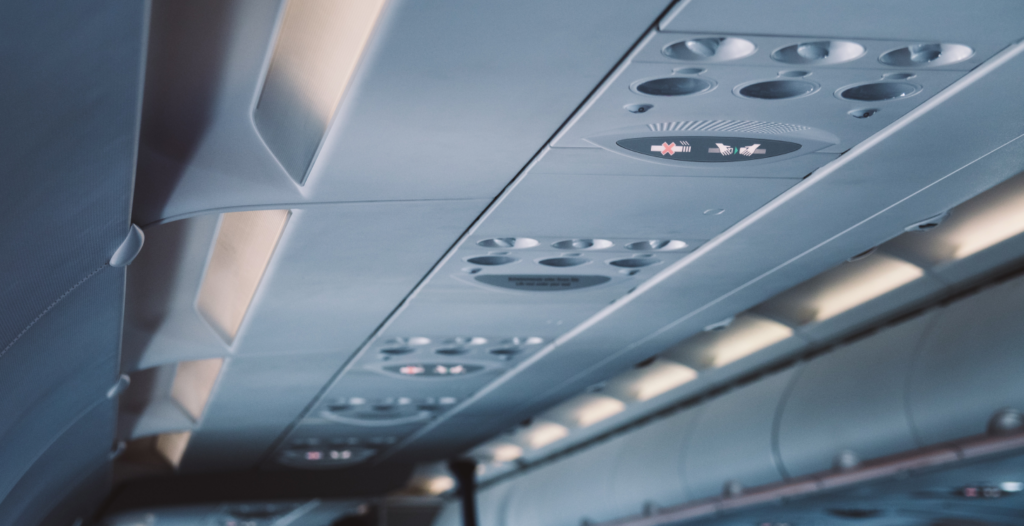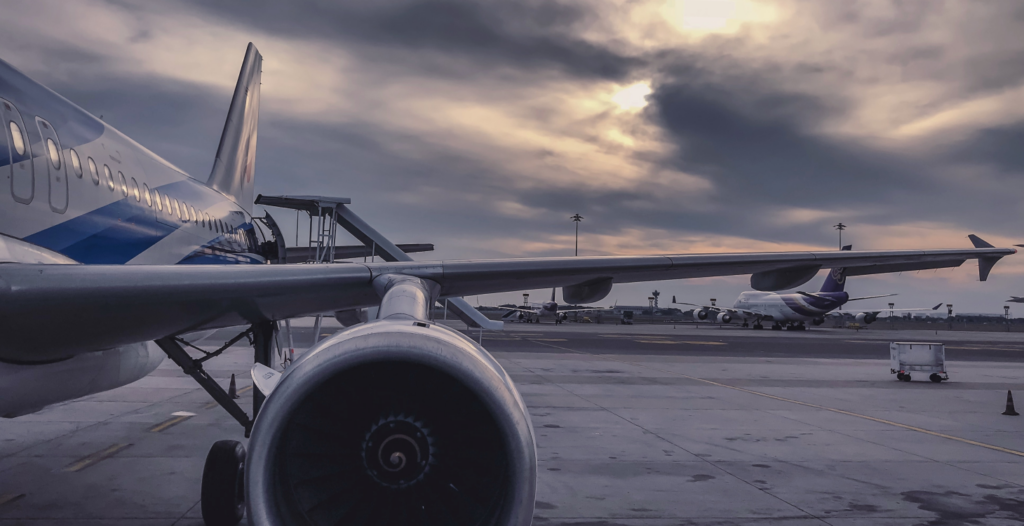
A Frequent Flyer’s Guide to Redress Numbers
What Is a Redress Number?
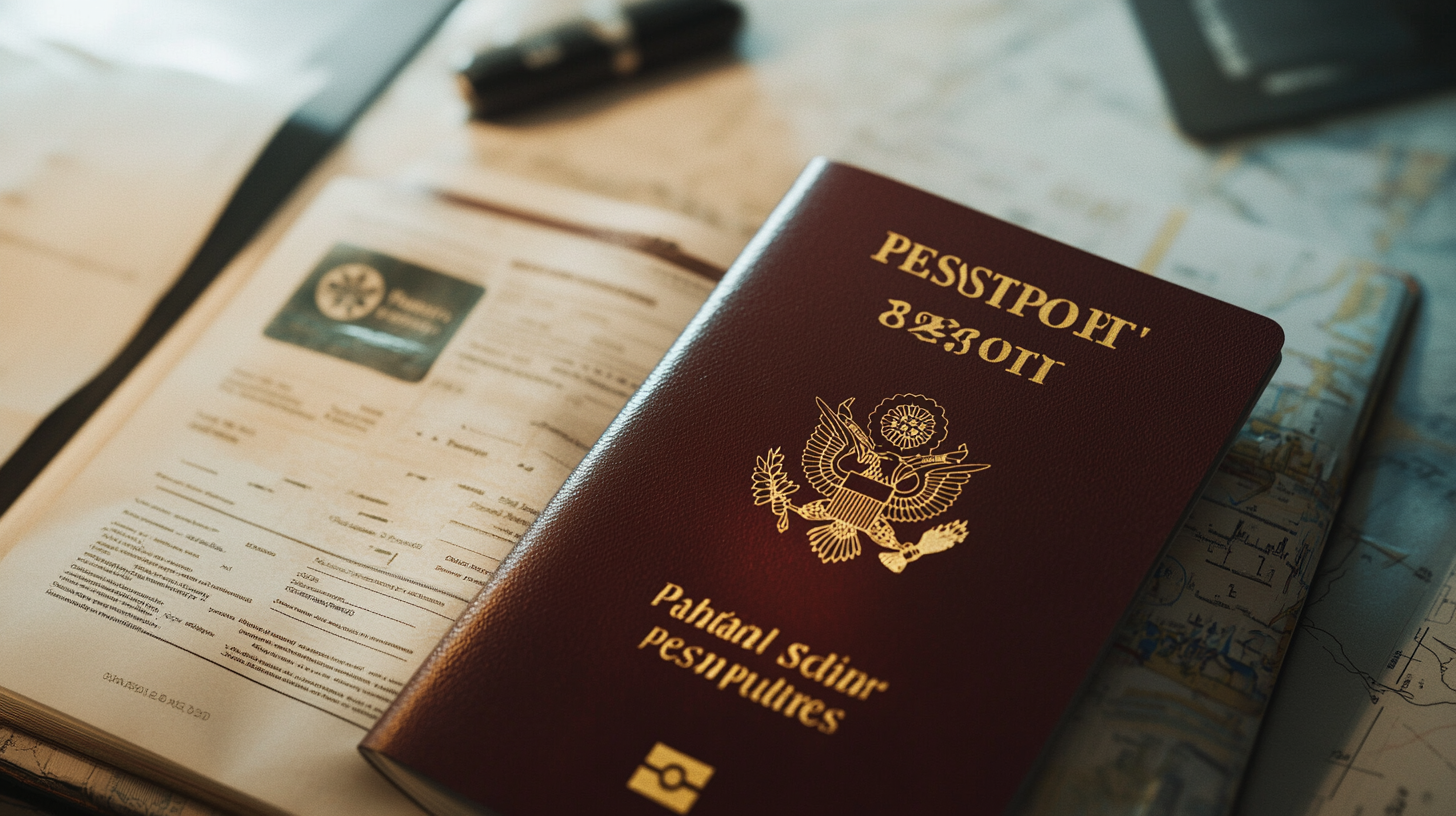
I’ve noticed that travelers sometimes get flagged for extra inspections or face persistent check-in hassles, even if they have spotless travel records. A redress number can be the key to avoiding those repeated hiccups. Issued through the Department of Homeland Security‘s Traveler Redress Inquiry Program (DHS TRIP), it’s a unique seven-digit code that helps confirm who you really are. After it’s assigned, you can include it on future flight reservations to tell the airline, “Hey, I’m not who you think I am—stop confusing me with those on watch lists.”
According to the DHS website, thousands of travelers each year are mistakenly flagged due to name similarities or outdated screening data. By using a redress number, you’re essentially letting the system know you’ve been verified, reducing the chance of further misidentification. I’ve encountered countless stories of folks saving time, money, and stress, simply by applying for this number once and never looking back.
This simple solution doesn’t just spare you the awkwardness of extra pat-downs—it can also protect your valuable travel schedule. When you’re on a tight itinerary, an unexpected interrogation at a security checkpoint is the last thing you need. The redress number ensures the information attached to your name is accurate, minimizing random hold-ups.
How Does It Differ from a Known Traveler Number?
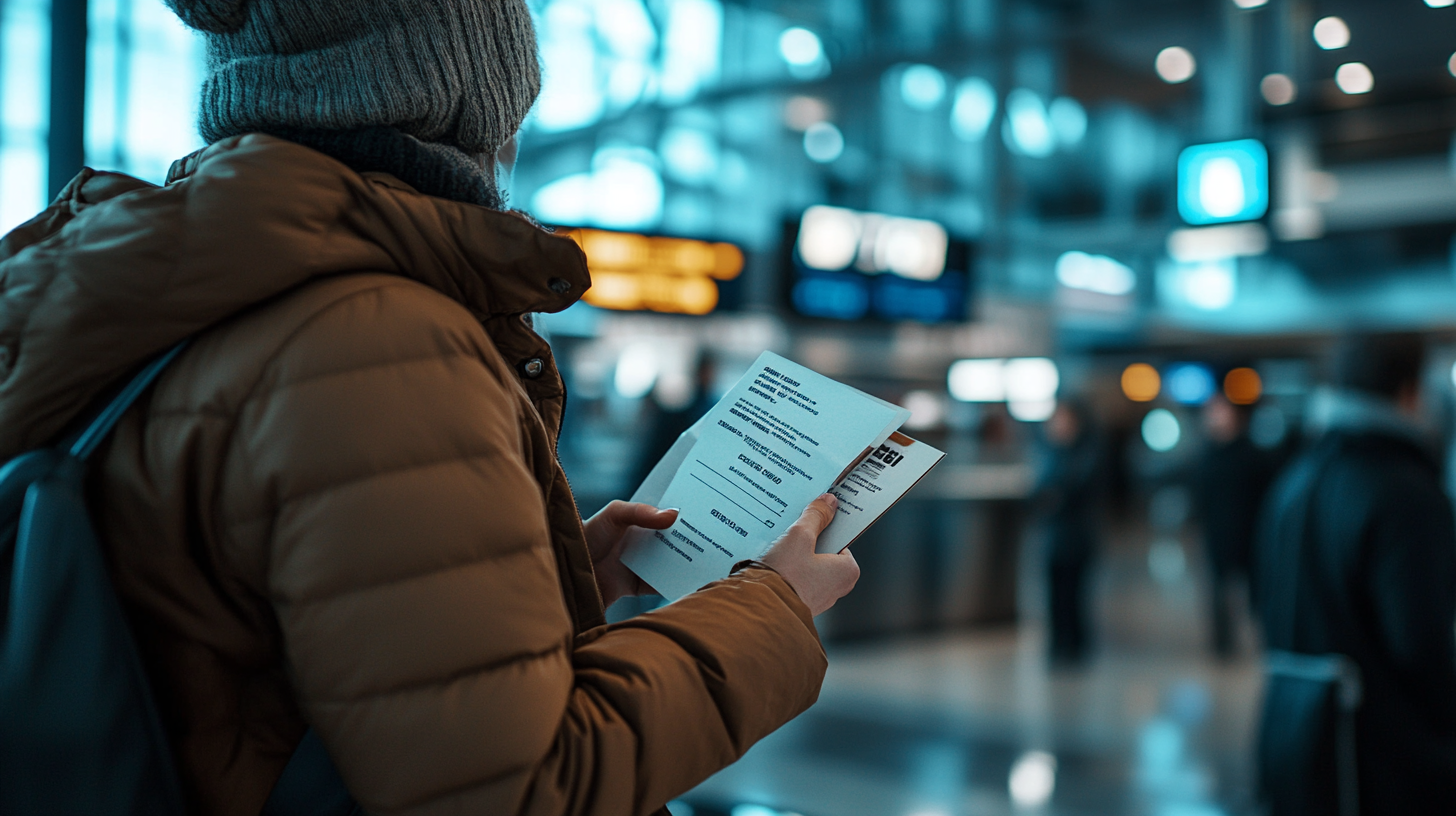
I like to think of the redress number as a tool for clearing up identity mix-ups, while a Known Traveler Number (KTN) is more about expediting the standard screening process. The KTN is what you plug in when booking flights if you’re enrolled in TSA PreCheck or Global Entry. It helps you breeze through those shorter lanes and skip shoe removal and laptop bag checks. The redress number, on the other hand, is a preventive measure against repeated watch-list confusion.
I’ve seen some travelers mistakenly believe that getting TSA PreCheck alone will fix misidentification issues. But if you’re continually faced with the dreaded “SSSS” on your boarding pass, you may need both a KTN and a redress number. A friend of mine once discovered this the hard way, juggling multiple extra screenings even after signing up for TSA PreCheck. Once they added their redress number, the system errors cleared up, and they finally had the smooth departure experiences they’d paid for in the first place.
According to industry data cited by travel experts, well over five million travelers now benefit from KTNs in the United States. If you’re in that group but still face unexpected slowdowns, looking into a redress number could be the missing piece for an all-around smoother travel experience.
When Should You Consider Applying?

A common question I’ve heard is: “Do I really need a redress number if my flights mostly run smoothly?” In short, most people don’t. Unless you’re someone who regularly faces additional scrutiny—like random bag checks on nearly every trip, boarding denials without Clear explanations, or repeated secondary screening messages—chances are you won’t benefit much from the program.
However, for those who happen to share a name with someone on a watch list or keep getting flagged for reasons unknown, the frustration can be high. One frequent flyer I talked to was consistently singled out for extra questioning; as soon as they got their redress number, all those issues faded almost overnight. It’s a straightforward fix that takes some paperwork, but the payoff can be huge if you’re caught in the screening limbo.
In 2025, with global travel reaching new heights and more robust security measures in place, the potential for misidentification has grown. If you spot a pattern of recurrent security roadblocks, submitting an inquiry through DHS TRIP is a smart move.
How to Get Your Redress Number
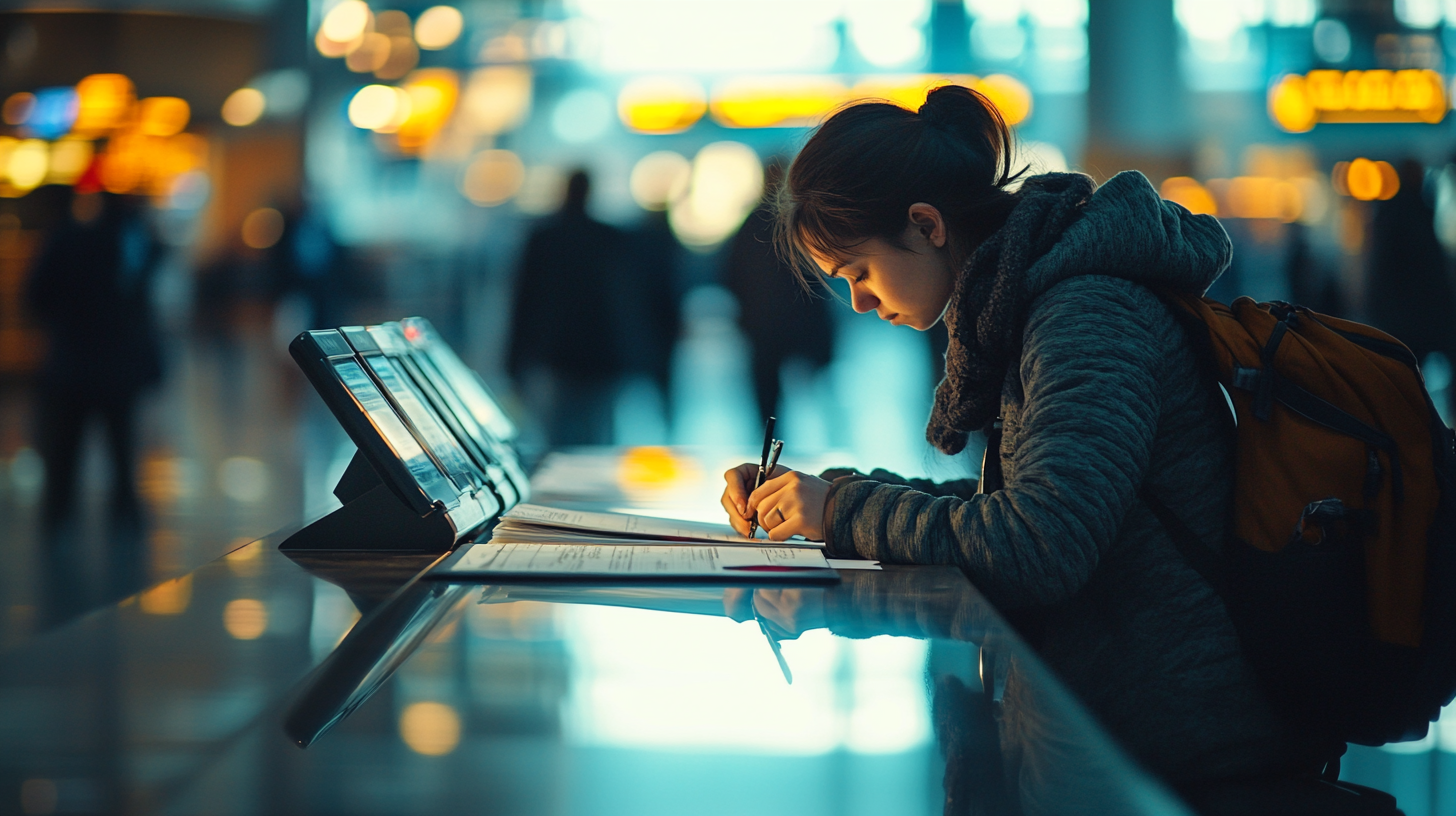
The process to obtain a redress number is more streamlined than many realize. You can fill out an online form via the DHS TRIP website or mail in the required documents. The form typically asks for basic personal details, explanations of any past security incidents, and any supporting documentation that can help establish your identity.
Once you submit, DHS reviews the case and issues a Redress Control Number if you’re approved. I’ve seen this take anywhere from a few weeks to a couple of months, depending on the complexity. If you ever lose track of your number, just contact DHS TRIP; with a bit of verification, they’ll provide it again. The vital step here is to remember to add it to your future flight bookings. I always remind friends to update their travel profiles on airline and booking sites to ensure that number is automatically included on every journey.
For the best results, keep a digital copy of both your redress number and any documents you used to apply. Cloud storage or a secure digital wallet works well. Having all of it handy can be a lifesaver if you’re questioned about your status at the airport.
Other Ways to Breeze Through the Airport

I’ve learned that a redress number alone doesn’t solve every airport problem—it specifically tackles cases of mistaken identity. For a broader fast-track approach, programs like TSA PreCheck, Global Entry, Clear, and Mobile Passport can dramatically reduce wait times and stress. TSA PreCheck quickens domestic screening, while Global Entry offers speedy re-entry into the U.S. from international trips. Clear uses biometrics to confirm your identity, giving you a dedicated lane at many major airports.
A recent study suggests that more than 10 million travelers worldwide now utilize some form of expedited screening. For frequent flyers, the membership costs can pay for themselves within a year, given the time you save skipping those long lines. In my travels, I’ve also noticed that certain travel rewards credit cards offer reimbursement or statement credits for these program fees.
Whether you’re investing in PreCheck or trying out Clear, the end goal is the same: shaving minutes (or sometimes hours) off your airport routine. If you have a redress number and a Known Traveler Number ready to go, you’re prioritizing two key layers of efficiency: identity clarity and speedy screening.
Final Thoughts

A redress number can be a lifesaver if you’re constantly flagged for unnecessary security checks. It’s all about setting the record straight so you can sail through the airport without the nagging fear of last-minute issues. Meanwhile, a Known Traveler Number is a ticket to the faster lanes, helping you keep anxiety at bay when you’re juggling tight connections or a busy schedule.
Both tools are designed to eliminate hassles and restore peace of mind. Making use of these resources can turn what used to be a stressful security gauntlet into a relatively painless pit stop on the way to your next adventure. If you find yourself frequently delayed or singled out, it makes total sense to pursue a redress number and—even better—consider one of the trusted traveler programs for top-tier convenience.
Sky Skylar’s Take
I’ve discovered that jumping through bureaucratic hoops just to prove who I am can feel frustrating, but it’s well worth the effort for the sake of a smoother journey. Since so many of us want our travel experiences to be positive and predictable, the small step of applying for a redress number can pay off in a big way.
Ultimately, combining a redress number with a Known Traveler Number can bring a level of confidence that makes each flight a bit more exciting and a whole lot less stressful. Every minute saved on travel hassles is a minute you can spend exploring, relaxing, or planning your next getaway.
Stay connected to the latest news and insights by visiting us at BoardingArea.







